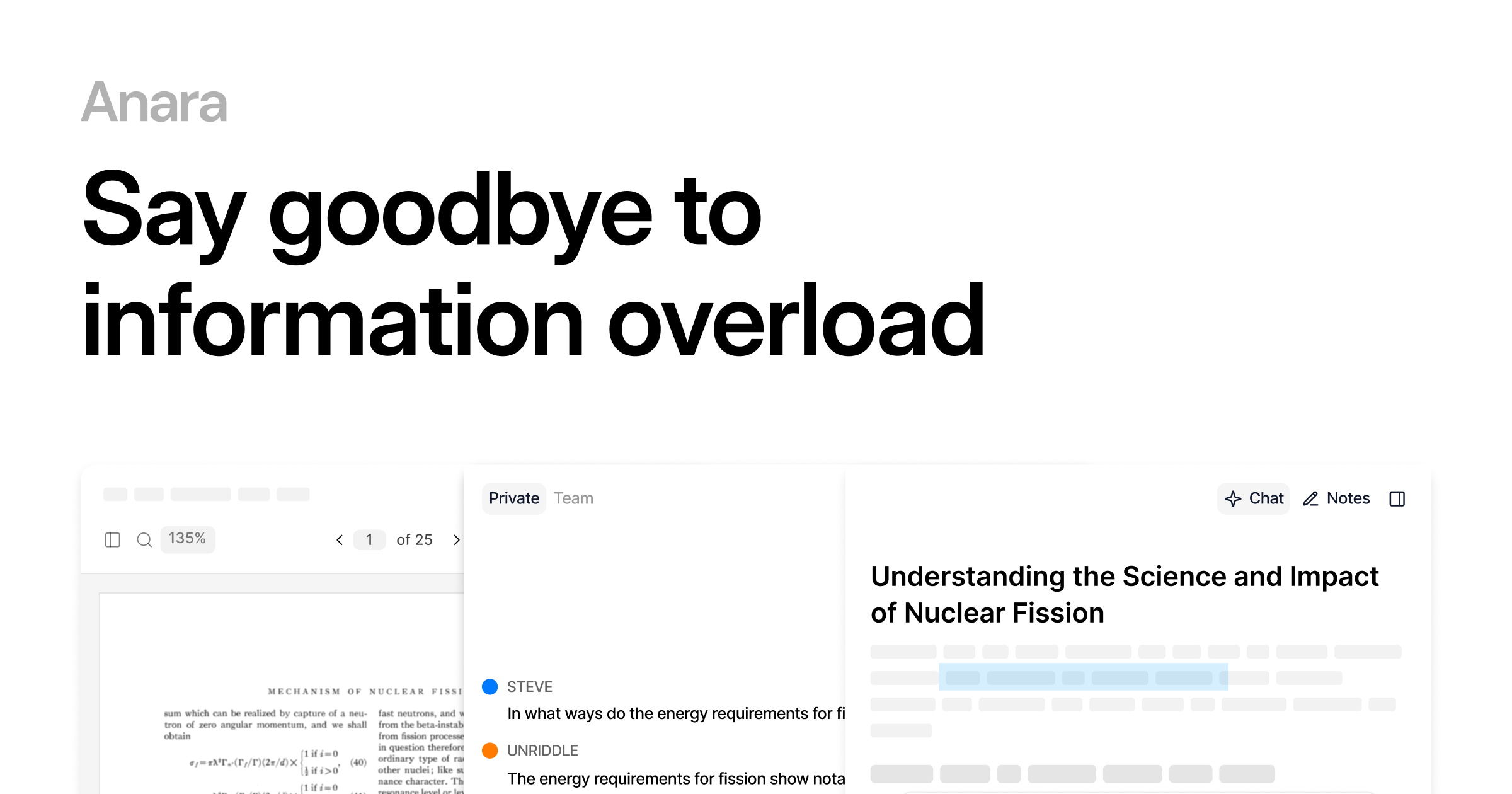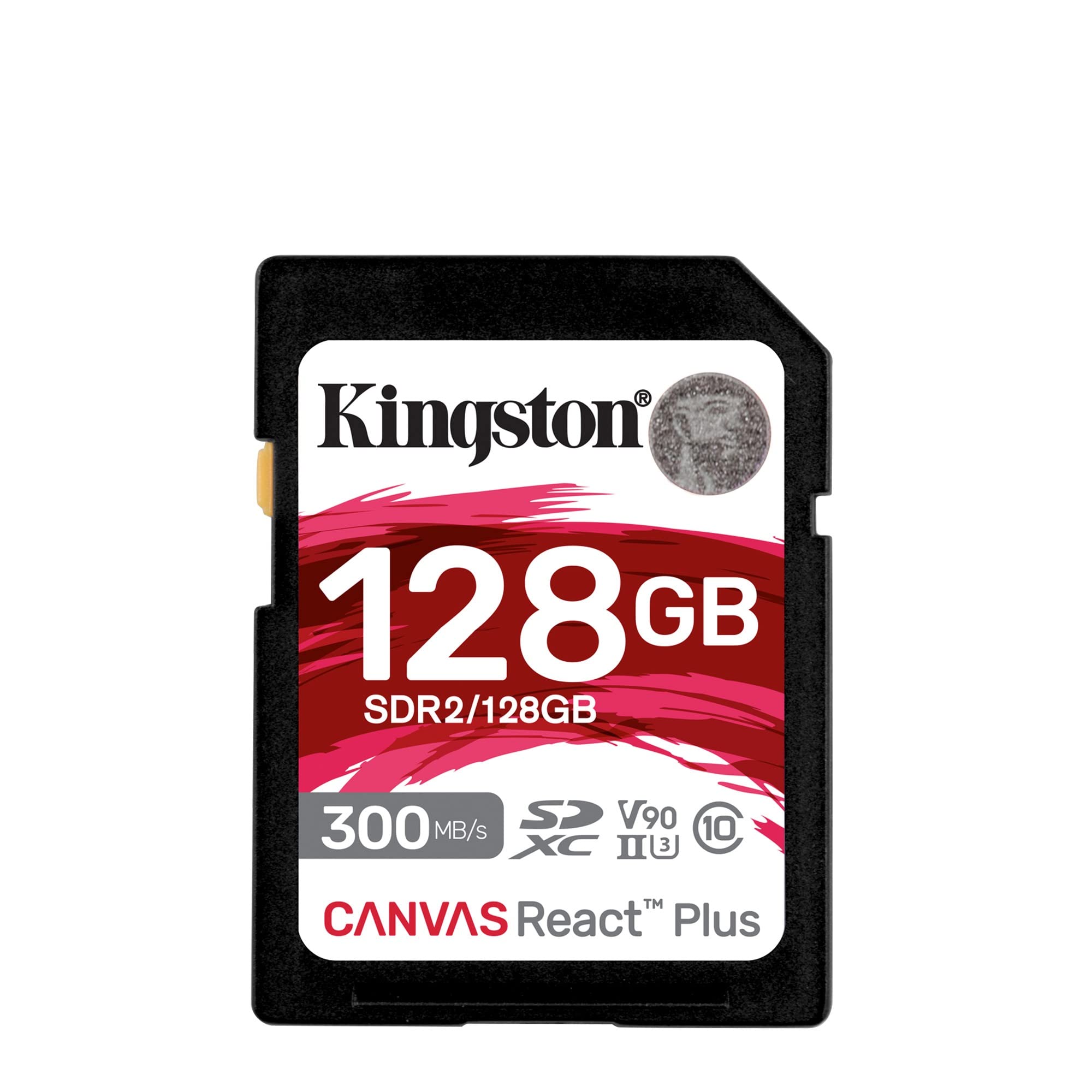300MB: Unlocking The Potential Of This Versatile File Size
Let me drop this on you—300MB has become a game-changer in today's digital world. You might not think much about it, but this file size is more powerful than you realize. Whether you're downloading movies, apps, or sharing files, 300MB strikes the perfect balance between quality and convenience. It's not too big to slow you down, but it's also not too small to compromise on what matters most.
Imagine this: You're scrolling through your favorite streaming platform, and you find a movie that catches your eye. The description sounds great, but then you notice the file size—it's 300MB. Now, before you click away, let me tell you why this number should get your attention. 300MB isn't just a random figure; it's a sweet spot that makes life easier for both creators and consumers.
But wait, there's more! Understanding 300MB goes beyond just knowing its size. It’s about grasping how it fits into our everyday digital interactions. From optimizing downloads to managing storage space, 300MB plays a crucial role in making technology work smoother for everyone. So, stick around as we dive deep into what makes 300MB so special!
What Exactly is 300MB?
Alright, let's break it down. 300MB—or megabytes—is a unit of digital information that represents roughly 300 million bytes. To put that into perspective, think of it like carrying around a backpack filled with 300 million tiny grains of sand. Sounds heavy, right? But here's the thing: in the vast universe of data, 300MB is actually pretty lightweight. It's like that perfect pair of sneakers that’s comfy yet stylish enough to keep up with your daily hustle.
Now, why does 300MB matter so much? Well, it's all about balance. On one hand, it's large enough to hold decent-quality content like movies, apps, or music files. On the other hand, it's small enough to be easily downloaded or shared without hogging all your precious storage space. So, whether you're streaming a quick episode during lunch or backing up important documents, 300MB has got your back.
Why Should You Care About 300MB?
Here's the deal: 300MB isn't just a number; it's a solution to some of the biggest challenges in the digital world. Think about it—how often do you get frustrated when a download takes forever because the file is too big? Or maybe you've run out of storage space on your device because everything seems to take up gigabytes these days. Enter 300MB, the superhero of file sizes, swooping in to save the day.
- Unveiling The Truth Is Trey Yingst Married
- Tony Hinchcliffe A Deep Dive Into His Net Worth And Career
For starters, 300MB strikes the right chord when it comes to file sharing. It's small enough to send via email or cloud storage without breaking a sweat. Plus, it downloads quickly even on slower internet connections, which is a lifesaver if you're in a hurry. And let's not forget about storage efficiency. With 300MB, you can fit more files onto your device without feeling like you're playing a never-ending game of digital Tetris.
Common Uses of 300MB Files
Now that we've established what 300MB is and why it matters, let's talk about where you're most likely to encounter it. Whether you're a tech enthusiast or just someone trying to navigate the digital landscape, chances are you've already come across 300MB files without even realizing it. Here are some of the most common uses:
- Movies and Videos: Many short films, YouTube videos, or episodes of TV shows come in around the 300MB range. It's the sweet spot for quality without sacrificing speed.
- Apps and Software: A lot of mobile apps and lightweight software packages hover around this size. Perfect for quick installs without eating up your storage.
- Music Albums: If you're into downloading music, a full album in MP3 format usually lands somewhere close to 300MB. Great for building your personal playlist.
- Documents and Archives: Large PDFs, compressed folders, or backups often fall into this category. It's a convenient size for sharing important files.
How 300MB Impacts Your Digital Experience
Let's face it—our lives revolve around data. From streaming movies to sending emails, every action we take online involves files of varying sizes. That's where 300MB steps in to make things smoother. By choosing files within this range, you're ensuring a faster, more efficient experience without compromising on quality.
For instance, imagine trying to download a 1GB movie on a slow connection. It could take hours, right? But with a 300MB version, you could be watching in minutes. Same goes for sharing large documents. Sending a 500MB file over email might fail, but a 300MB one will glide through effortlessly. See what I'm saying? 300MB is your secret weapon for a hassle-free digital life.
Factors Affecting 300MB File Performance
Okay, so you know what 300MB is and how it’s used. But here's the thing: not all 300MB files are created equal. Several factors can impact how well they perform, from the type of content to the device you're using. Let's break it down:
First off, compression plays a huge role. Different file formats use different levels of compression to reduce size while maintaining quality. For example, an MP4 video file will usually be smaller than an AVI file of the same length. This means you can fit more high-quality content into that 300MB limit.
Then there's internet speed. Even though 300MB is relatively small, your connection speed can still affect how fast you can download or upload it. If you're on a slow network, you might need to wait a bit longer. But hey, at least it's not going to take forever like some of those massive files out there.
Choosing the Right Format for Your 300MB Files
When it comes to 300MB files, picking the right format can make all the difference. Here are a few tips to help you make the best choice:
- For Videos: Stick with MP4 or MKV for optimal balance between quality and size.
- For Music: MP3 or FLAC are great options depending on whether you prioritize size or sound quality.
- For Documents: PDF or compressed ZIP files are your best bet for easy sharing and storage.
Remember, the format you choose can affect how well your 300MB files perform. So, do a little research and pick the one that suits your needs best.
Storage and Management Tips for 300MB Files
Managing files in the 300MB range can be a breeze if you know what you're doing. Here are some pro tips to help you stay organized:
First up, use cloud storage services like Google Drive or Dropbox. They're perfect for storing and sharing 300MB files without cluttering your device. Plus, you can access them from anywhere, which is super handy if you're on the go.
Another tip is to organize your files into folders based on type or project. This makes it easier to find what you need when you need it. And don't forget to regularly clean up your storage by deleting files you no longer use. Trust me, your device will thank you for it.
Backup Solutions for 300MB Files
Backing up your 300MB files is just as important as managing them. Here are a few backup solutions to consider:
- External Hard Drives: Great for storing large amounts of data securely.
- Cloud Backup Services: Convenient and accessible from anywhere with an internet connection.
- USB Drives: Portable and easy to use for quick backups.
Remember, a good backup strategy ensures you never lose important files, no matter what happens. So, take the time to set one up—it's worth it!
Security Concerns with 300MB Files
Let's talk about something serious: security. While 300MB files are convenient, they can also pose risks if not handled properly. Here's what you need to know:
First, always verify the source of any file before downloading it. A 300MB file from an unknown website could contain malware or viruses that could harm your device. Stick to trusted platforms and use antivirus software to scan files before opening them.
Also, be cautious when sharing 300MB files. Make sure you're using secure methods like encrypted email or protected cloud storage. This helps protect your data from unauthorized access and keeps everything safe.
Best Practices for Secure File Handling
Here are some best practices to keep your 300MB files secure:
- Use Strong Passwords: Protect your files with strong, unique passwords.
- Enable Two-Factor Authentication: Add an extra layer of security to your accounts.
- Regularly Update Software: Keep your antivirus and other security software up to date.
By following these practices, you can enjoy the convenience of 300MB files without worrying about security risks.
Future Trends in 300MB File Usage
Looking ahead, the role of 300MB files is only going to grow. As technology advances, we'll see more innovative ways to use and optimize this file size. For example, advancements in compression algorithms could make it possible to pack even more content into 300MB without losing quality.
Additionally, with the rise of 5G and faster internet speeds, downloading and sharing 300MB files will become even quicker and more efficient. This opens up new possibilities for content creators and consumers alike, making it easier than ever to enjoy high-quality digital experiences.
Embracing the Future of 300MB
So, what does the future hold for 300MB files? One thing's for sure—it's going to be exciting! As we continue to push the boundaries of what's possible with digital technology, 300MB will remain a key player in the game. So, get ready to embrace the possibilities and see where this versatile file size takes us next.
Conclusion: Why 300MB Matters
And there you have it—the lowdown on 300MB and why it's such a big deal in today's digital world. From balancing quality and convenience to optimizing storage and performance, 300MB offers solutions to some of the most common challenges we face online. So, the next time you come across a 300MB file, give it the respect it deserves.
But don't just stop here. Take action! Share this article with your friends, leave a comment with your thoughts, or check out more of our content for even more insights into the digital world. Together, let's unlock the full potential of 300MB and beyond!
Table of Contents
- 300MB: Unlocking the Potential of This Versatile File Size
- What Exactly is 300MB?
- Why Should You Care About 300MB?
- Common Uses of 300MB Files
- How 300MB Impacts Your Digital Experience
- Factors Affecting 300MB File Performance
- Choosing the Right Format for Your 300MB Files
- Storage and Management Tips for 300MB Files
- Backup Solutions for 300MB Files
- Security Concerns with 300MB Files
- Best Practices for Secure File Handling
- Future Trends in 300MB File Usage
- Embracing the Future of 300MB
- Conclusion: Why 30
- Discovering The World Of Emmi Sellers A Journey Of Passion And Creativity
- Unveiling The Truth Behind Talissa Smalley Leaked A Deep Dive

Anara Pricing


Kingston SD Card UHS II 128GB 300MB/S Fujifilm Shop